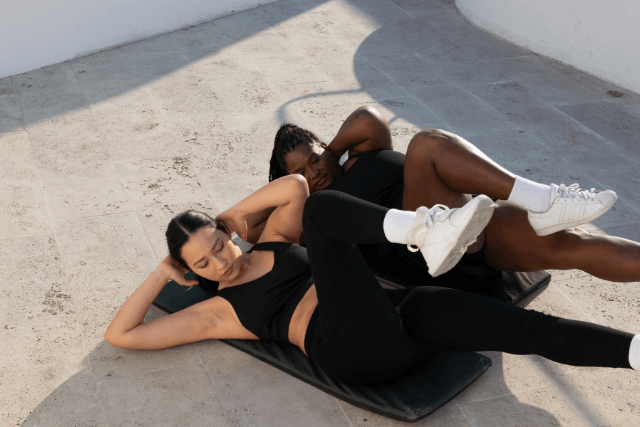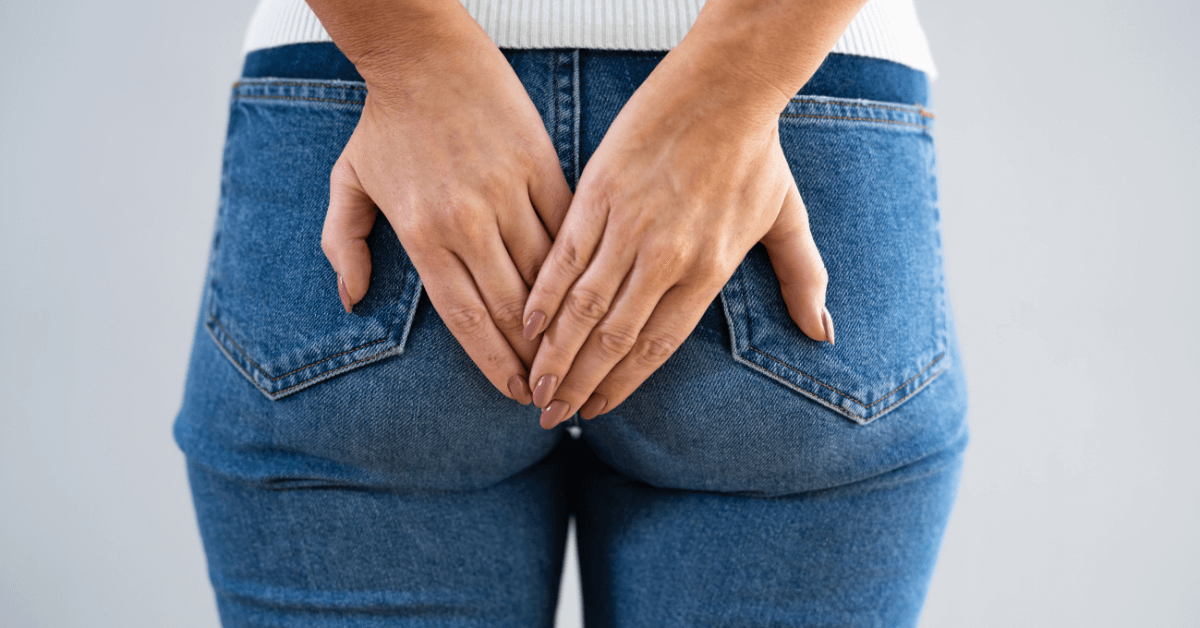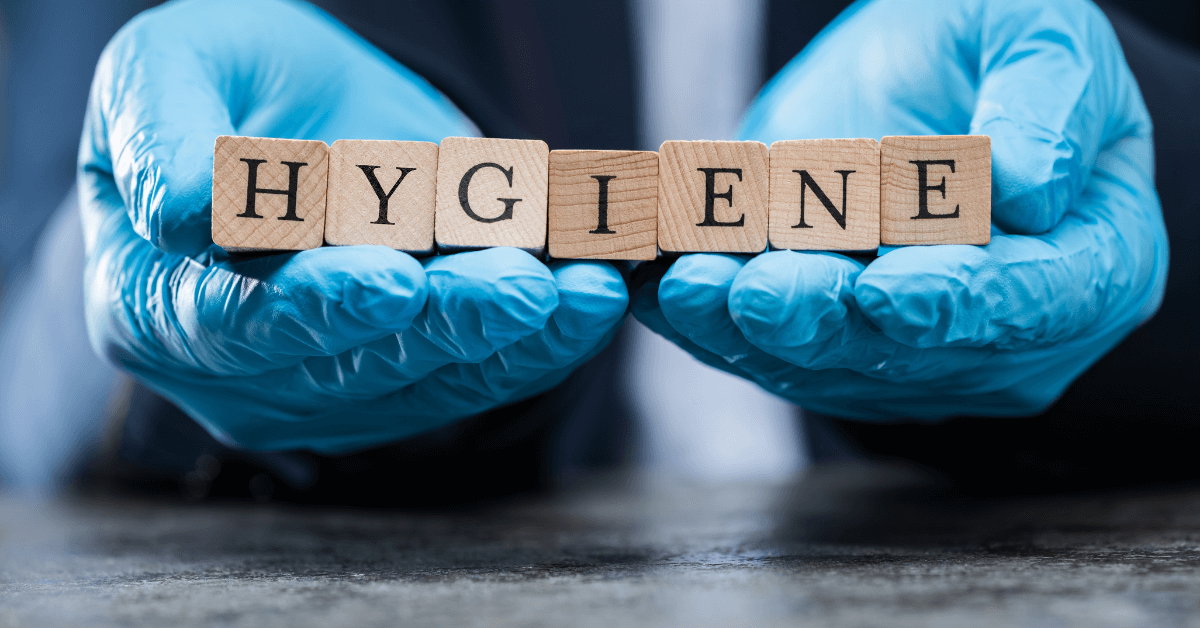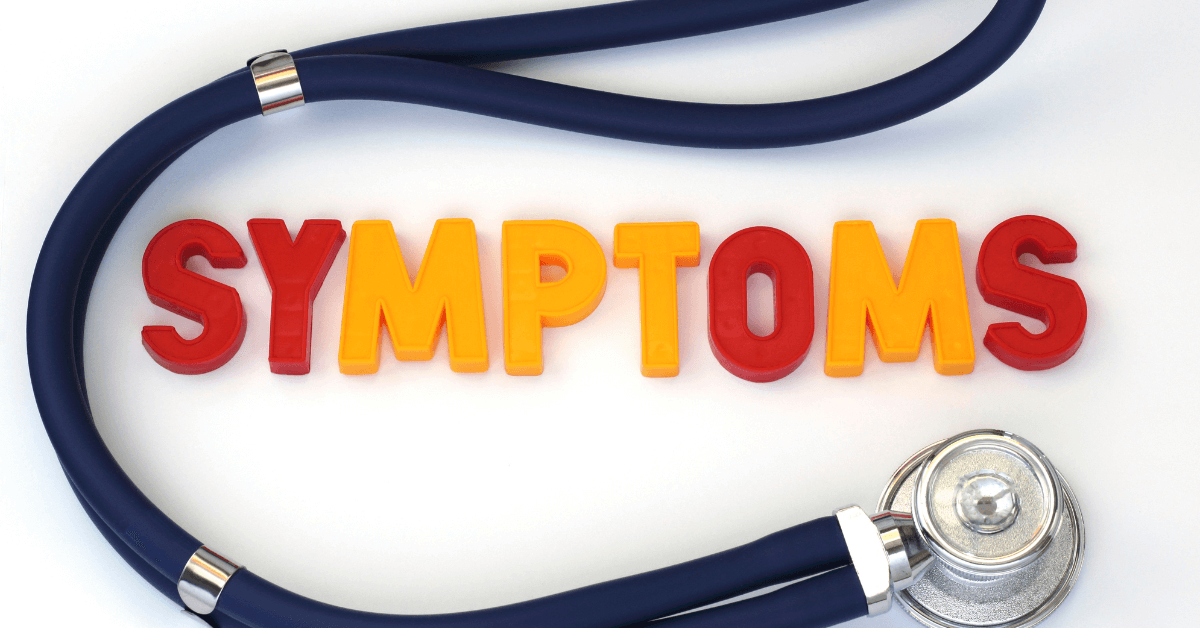Pilonidal cysts are a common health condition that can cause discomfort, pain, and significant inconvenience. These cysts, which occur near the tailbone, are filled with hair, skin debris, and sometimes pus. While anyone can develop pilonidal cysts, certain factors increase the likelihood, and one such factor is obesity. Pilonidal Cysts and Obesity are often linked due to the increased pressure and friction that extra weight can create on the lower back area, which can make it more difficult to prevent the formation of cysts.
In this blog, we will explore the relationship between obesity and pilonidal cysts, how weight can affect the risk of developing them, and how it can influence the treatment process. Additionally, we will provide tips on how to manage both conditions to promote overall well-being.
Understanding Pilonidal Cysts
What Are Pilonidal Cysts?
Pilonidal cysts are small sacs that form in the skin, typically in the sacrococcygeal region—just above the tailbone. These cysts often contain hair, dead skin cells, and other debris. Pilonidal cysts can become infected, leading to the development of abscesses and painful swelling. In some cases, if left untreated, pilonidal cysts can lead to chronic infection or the formation of multiple cysts over time.
Symptoms of Pilonidal Cysts
Symptoms of pilonidal cysts can range from mild to severe and may include:
- Pain or tenderness near the tailbone, especially while sitting.
- Redness or swelling around the cyst.
- Fluid drainage from the cyst, often with a foul odor.
- Fever and general malaise in the case of infection.
Understanding the symptoms and seeking early treatment is essential for managing pilonidal cysts effectively.
The Link Between Pilonidal Cysts and Obesity
How Obesity Increases the Risk of Pilonidal Cysts
Obesity is one of the significant risk factors for the development of pilonidal cysts. There are several reasons why excess weight can contribute to the formation of these cysts:
- Increased Pressure on the Coccyx: Excess body weight can place added pressure on the lower back and tailbone. This pressure can cause hair follicles to become clogged, trapping hair and skin cells under the skin, leading to cyst formation.
- Reduced Skin Hygiene: Individuals with obesity may find it more difficult to maintain good hygiene in the lower back region. Moisture and sweat can accumulate in skin folds, creating an environment that promotes the growth of pilonidal cysts.
- Friction: Obesity can cause increased friction between the skin and clothing, which further irritates the skin and contributes to cyst formation.
- Decreased Mobility: Being very hight weight can limit physical activity, which reduces blood flow to the area and impedes the body’s ability to prevent infection.
The Impact of Body Composition on Pilonidal Cyst Development
Not just weight, but the distribution of fat in the body can affect the likelihood of developing pilonidal cysts. Excess fat in the lower back and buttocks increases the risk of pilonidal cysts due to added pressure and friction. Additionally, the body’s natural curves and skin folds can trap sweat, hair, and debris, which contributes to cyst formation.
Obesity’s Effect on Pilonidal Cyst Treatment
Challenges of Treating Pilonidal Cysts in Individuals with obesity
While pilonidal cysts are treatable, obesity can complicate the treatment process. Here’s how:
- Surgical Complications: For individuals with excess weight, surgery may pose additional risks, including prolonged recovery time and a higher chance of complications such as infections or delayed wound healing. The increased fat in the body can make it harder for surgeons to access the cyst, requiring more invasive procedures.
- Difficulty with Wound Care: After surgery, proper wound care is crucial for preventing infection and promoting healing. Obesity can make it more challenging to keep the area clean and dry, especially in individuals who may have difficulty with mobility.
- Recurrence of Cysts: Studies have shown that individuals with obesity may have a higher rate of recurrence after pilonidal cyst surgery. This could be due to persistent pressure, friction, or poor hygiene, which continues to create an environment where cysts can form again.
Managing Pilonidal Cysts in Individuals with obesity
Even though obesity can complicate the treatment of pilonidal cysts, there are still effective ways to manage both conditions:
- Conservative Treatment: For mild cases of pilonidal cysts, non-surgical treatments such as drainage, warm compresses, and topical antibiotics may help manage the condition. Weight loss and lifestyle changes can also reduce the pressure and irritation in the affected area, promoting healing.
- Laser Treatment Options: Laser treatments are a minimally invasive alternative for pilonidal cyst removal. These procedures are effective for individuals with obesity, as they require less recovery time and cause less trauma to the surrounding tissue compared to traditional surgery.
- Maintaining Good Hygiene: Keeping the affected area clean and dry is essential. Individuals with obesity should take extra care to keep the skin folds clean and dry to reduce the risk of developing or worsening pilonidal cysts.
Tips for Preventing Pilonidal Cysts in Individuals with Obesity
1. Maintain a Healthy Weight
The most effective way to prevent pilonidal cysts is to reduce body weight through a combination of diet and exercise. Not only will this reduce pressure on the lower back and tailbone, but it will also improve overall skin health and circulation.
Tips for weight management:
- Engage in regular physical activity, focusing on exercises that target the core and lower back area.
- Eat a balanced diet rich in fruits, vegetables, lean proteins, and whole grains to support healthy weight loss.

2. Practice Proper Hygiene
Hygiene is essential in preventing pilonidal cysts, especially for those with obesity. Moisture and sweat trapped in skin folds can contribute to the development of cysts, so keeping the area clean and dry is crucial.
Tips for good hygiene:
- Wash the lower back and buttocks area daily with mild soap and warm water.
- After showering, thoroughly dry the area with a soft towel.
Consider using moisture-wicking clothing to reduce sweating and irritation.
3. Wear Comfortable Clothing
Tight clothing, such as ill-fitting jeans or undergarments, can contribute to friction and irritation in the lower back and buttocks area. Opting for loose-fitting, breathable fabrics can help prevent the formation of pilonidal cysts.
4. Use Pressure-Relieving Cushions
If you spend long hours sitting, using a special cushion designed to relieve pressure on the tailbone can be an effective preventive measure. These cushions help reduce the strain and friction that can contribute to the development of pilonidal cysts.
Managing Pilonidal Cysts and Obesity for Long-Term Health
The connection between pilonidal cysts and obesity is significant, as understanding how weight impacts the risk and treatment is crucial. Maintaining a healthy weight through a balanced diet, regular exercise, and proper hygiene can effectively reduce the risk of developing pilonidal cysts. Seeking professional advice and considering minimally invasive treatments, like laser therapy, can effectively manage obesity and pilonidal cysts.
Taking care of your body and making healthy lifestyle changes are essential for preventing pilonidal cysts and improving overall health. Whether you’re addressing pilonidal cysts or focusing on weight loss, working with a healthcare professional ensures the best results for long-term well-being.
Conclusion:
By following the right practices for preventing and treating pilonidal cysts, individuals with obesity can significantly improve their quality of life and minimize the impact of this condition. With proper management and the right support, you can take charge of your health and minimize the complications associated with both obesity and pilonidal cysts.



